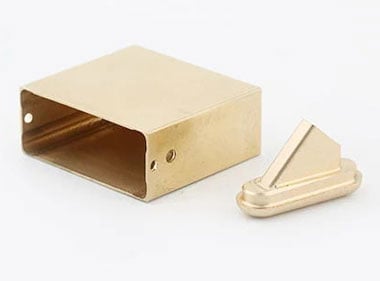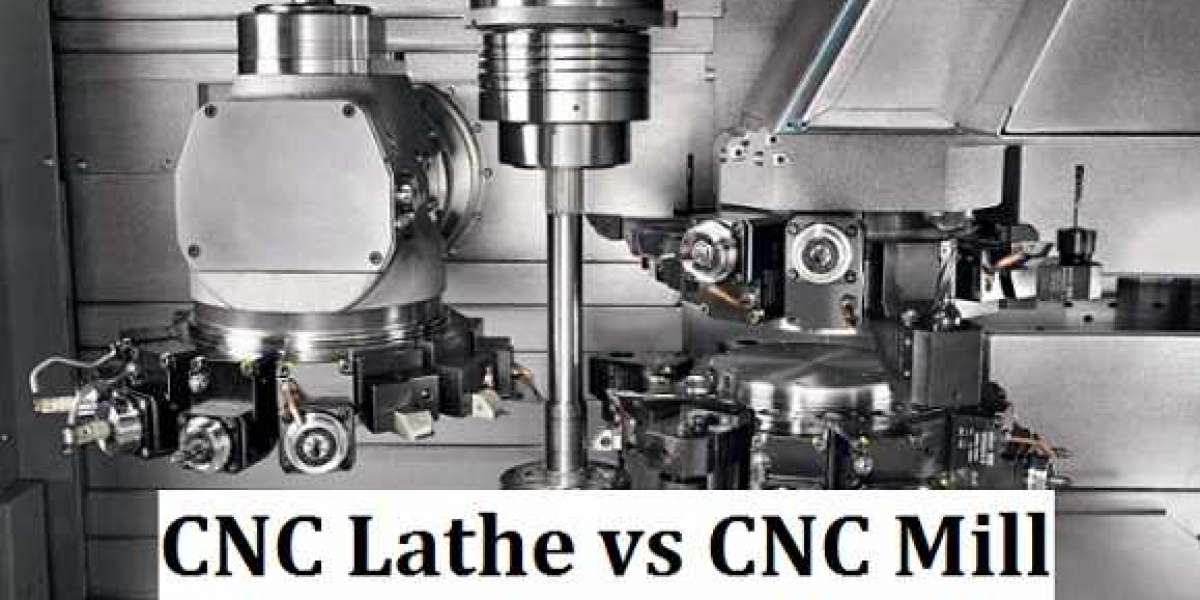Fuel was inexpensive once upon a time in a galaxy not far from our own. Vehicles were large and inefficient, and they were difficult to maneuver. Devices were heavy and tended to remain in one location, and iron was the material of choice. That was back in the day; today, everything has changed. Energy is expensive, vehicles are becoming smaller and lighter, our devices are being carried around in our pockets and purses, and iron is something you pump as part of your exercise routine. We have been gradually replacing iron with aluminum and plastic, and increasingly with magnesium, in order to meet our ever-increasing demands for economy and portability.
Magnesium has a variety of uses.
With the increasing popularity of magnesium-based products, it is finding its way into an increasing number of applications, particularly those in which it can help to reduce energy consumption. The material is used in engines, airframes, and other internal components in aerospace applications. It can be found in a variety of automotive applications, including steering components, seat and sunroof tracks, and interior frames, as well as magnet wheels. More recently, it has been used in the manufacture of roof, hood, and rear-deck lids, as well as manifolds, cylinder head covers, and oil pans for automobiles. It is even being investigated for possible application in engine blocks. And, for the same reasons, magnesium is increasingly being used in motorcycle and bicycle components, such as lightweight frames. Magnesium is frequently found in consumer products such as laptop computers, cell phones, digital cameras, power tools, and sporting goods. Hand-held communication devices, night-vision equipment, and robotics are all examples of military applications.

There's a good reason for this. Magnesium is the lightest structural metal that can be used, and it is widely available and simple to manufacture. It is the seventh most abundant element in the Earth's crust and the third most abundant element in seawater, both measured in terms of weight. It can be found in every cell of the human body, and it is an essential component of the chlorophyll found in plants that grow in sunlight. This element is one of nature's more sociable elements, and it does not naturally occur in its elemental form because of its reactivity. Separation from its salts is straightforward, and once in solid form, the surface of the compound oxidizes, forming a tough protective layer that prevents further oxidation from occurring. Additionally, CNC cutting can be coated in a variety of ways to provide additional protection.
The process of die casting is described in detail in the following section:
Due to the high cost of manufacturing the metal dies used in magnesium die casting, the process is typically reserved for high-volume production. Die casting, as opposed to lost wax casting, is a straightforward process that involves only four major steps. In particular, the process is well suited for small to medium-sized parts, and it produces parts with excellent surface finish and dimensional stability. Because magnesium cannot be used in hot-chamber die casting machines, it must be die cast using a cold chamber method, in which the metal is melted in a separate chamber before being injected into the die casting machine.
Prototyping is a method of creating models.
Prototyping, as with any development process, is important in ensuring that magnesium parts perform as expected. With the availability of quick and affordable methods for low-volume prototyping, designers can be confident that their designs will be bug-free by the time they are ready for production, thereby shortening the entire development process. As development progresses, it is possible that different methods of producing magnesium parts will be employed. With the help of an automated CNC machining service, junying can produce machined magnesium parts directly from a Injection CNC machining steel Company CAD model in quantities as small as one piece at a low cost. For larger quantities, junying can produce fully dense magnesium parts through thixomolding, once again working directly from a CAD model provided by the customer.








